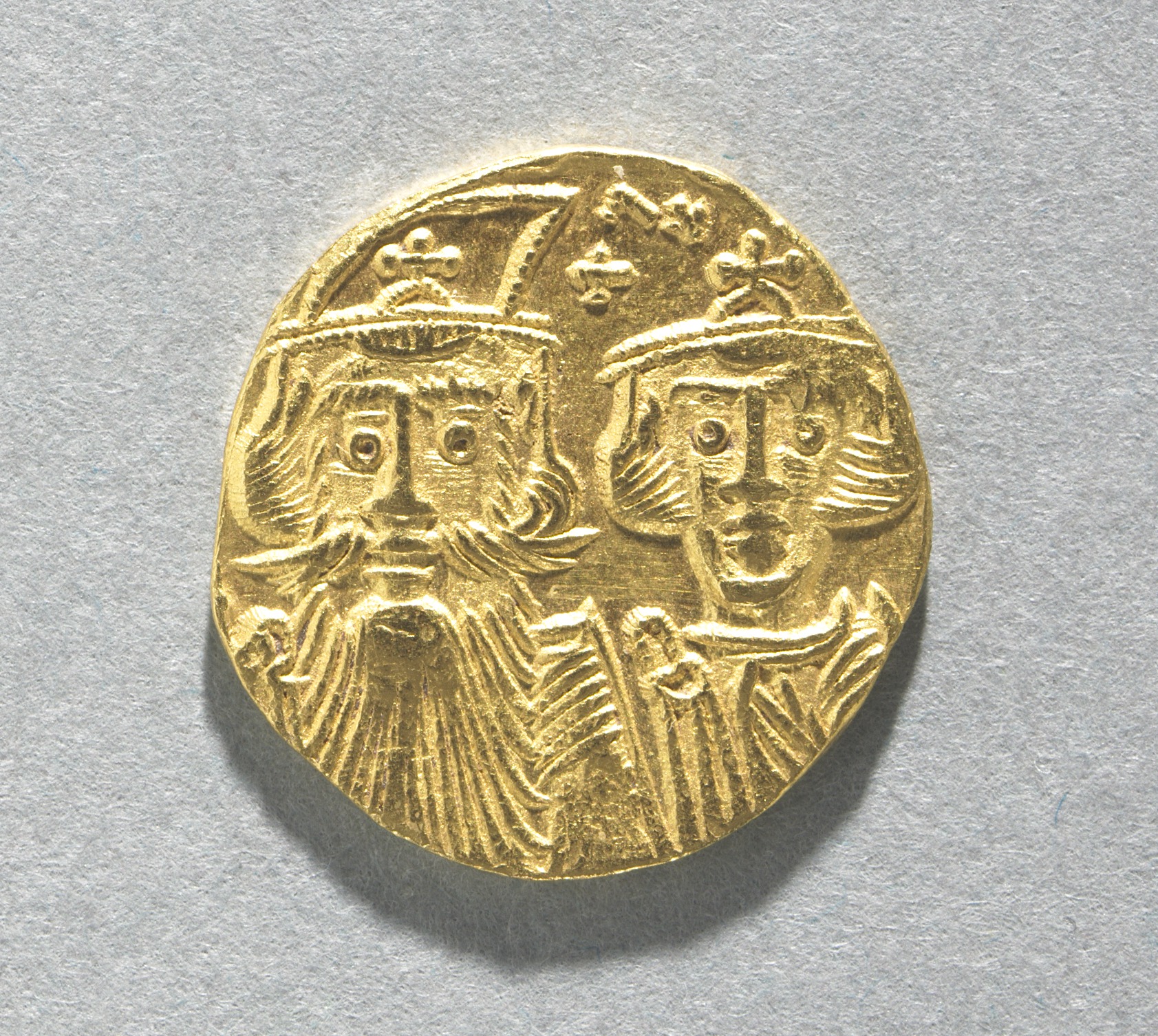The Cleveland Museum of Art
Collection Online as of April 20, 2024

Solidus with Busts of Constans II and Constantine IV (obverse)
659–661
Location: 104 Late Antiquity
Did You Know?
The emperor depicted on the left was also known as "Constantine the Bearded."Description
The vast number of surviving Byzantine coins attests to the level of trade across the empire. Controlled and supervised by the emperor, the producers of coins took care to represent his authority and reflect his stature. Talented artists were recruited to engrave the dies (molds) used for the striking of coins. Emperors increasingly came to include their heirs and co-emperors on their coinage, as well as other family members or even earlier rulers. Coins were recognized, then as now, as small, portable works of art. With their inscriptions and images, Byzantine coins provide valuable documentation of historical events and a record of the physical appearance of the emperors. The coin shown here is the solidus, the basic gold coin of 24 karats.- Spink & Co., London; Dr. Norman Zaworski, Cleveland
- {{cite web|title=Solidus with Busts of Constans II and Constantine IV (obverse)|url=false|author=|year=659–661|access-date=20 April 2024|publisher=Cleveland Museum of Art}}
Source URL:
https://www.clevelandart.org/art/2012.22.a